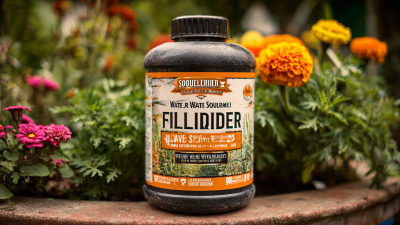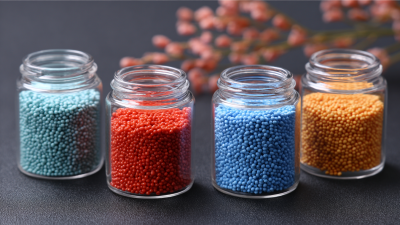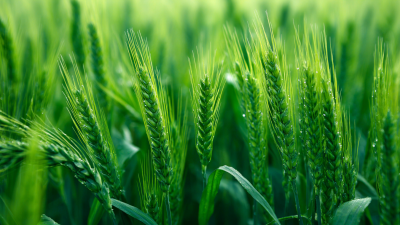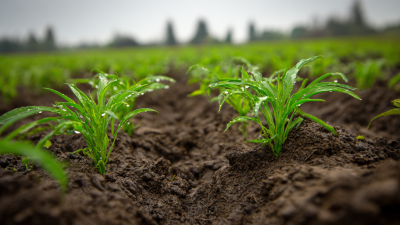In recent years, the agricultural sector has experienced a growing interest in optimizing plant growth through the effective use of fertilizers, particularly Water Soluble P Fertilizer. According to a report by the Food and Agriculture Organization (FAO), phosphorus (P) is one of the three primary macronutrients essential for plant development, playing a critical role in energy transfer, photosynthesis, and nutrient movement within the plant. Properly applied, Water Soluble P Fertilizers enhance nutrient uptake efficiency, leading to significant increases in crop yield, with some studies indicating improvements of up to 20% compared to traditional fertilizers. Additionally, the rise of precision agriculture techniques highlights the importance of targeted fertilization strategies that maximize the effectiveness of Water Soluble P Fertilizer, ensuring that plants receive the right nutrients at the right time. This article will explore best practices for utilizing Water Soluble P Fertilizer, aiming to provide growers with the knowledge they need to achieve optimal plant growth.
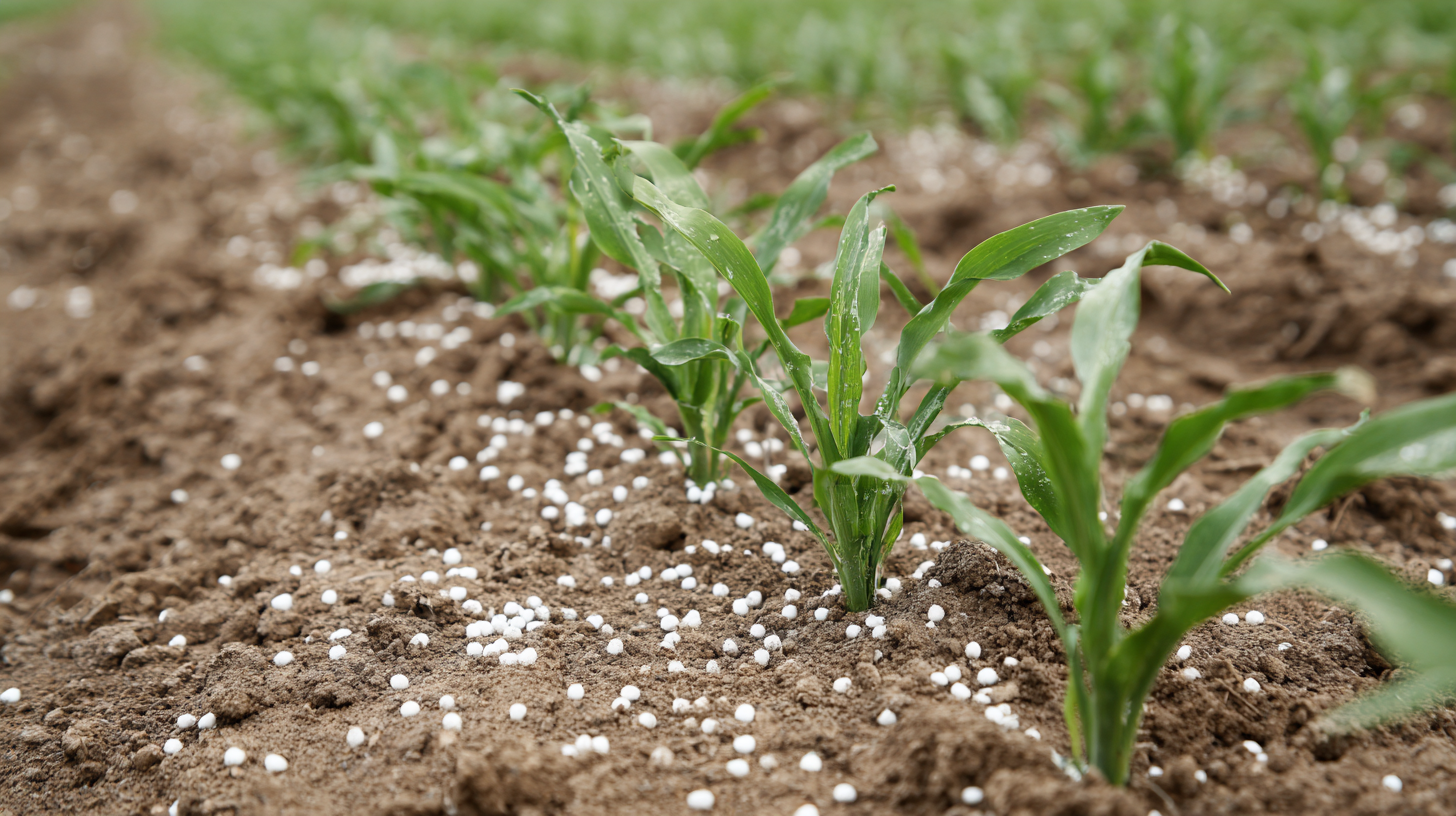
Water-soluble phosphorus (P) fertilizers play a crucial role in promoting plant growth by ensuring that phosphorus is readily available to plants. These fertilizers dissolve easily in water, making it simple for plants to absorb the essential nutrient directly through their roots. The primary benefit of using water-soluble P fertilizers lies in their rapid action, which can significantly enhance early root development and overall plant vigor, especially in young seedlings.
Additionally, water-soluble P fertilizers provide flexibility in application methods. They can be used in irrigation systems, allowing for uniform nutrient distribution and minimizing waste. This efficient delivery system not only promotes healthier plants but also optimizes resource use by reducing runoff and potential environmental impact. By implementing a strategic fertilization schedule with water-soluble P fertilizers, gardeners and farmers can ensure their crops receive the necessary nutrients at the right growth stages, ultimately leading to higher yields and improved plant health.
| Parameter | Value | Unit | Notes |
|---|---|---|---|
| Recommended Application Rate | 50-150 | kg/ha | Depends on crop type |
| Solubility | 100% | in water | Fully soluble for immediate uptake |
| Application Method | Fertigation / Foliar Spray | Best for quick nutrient availability | |
| Phosphorus Content | 18% | w/w | Key nutrient for root development |
| Ideal Soil pH | 5.5 - 7.0 | - | Maximizes phosphorus availability |
| Frequency of Application | Every 3-4 weeks | - | Adjust based on plant growth stage |
| Compatibility with Other Nutrients | High | - | Mix well with potassium and micronutrients |
Selecting the appropriate water soluble phosphorus (P) fertilizer is crucial for promoting optimal growth in various plant types. Different plants have distinct nutrient requirements; therefore, understanding these needs is essential when choosing a fertilizer. For instance, flowering plants and vegetables often benefit from fertilizers with a higher phosphorus content, as phosphorus is vital for root development and flowering. Products labeled with a higher middle number in the N-P-K ratio, such as 5-10-5, indicate a stronger phosphorus presence, supporting healthy growth in these species.
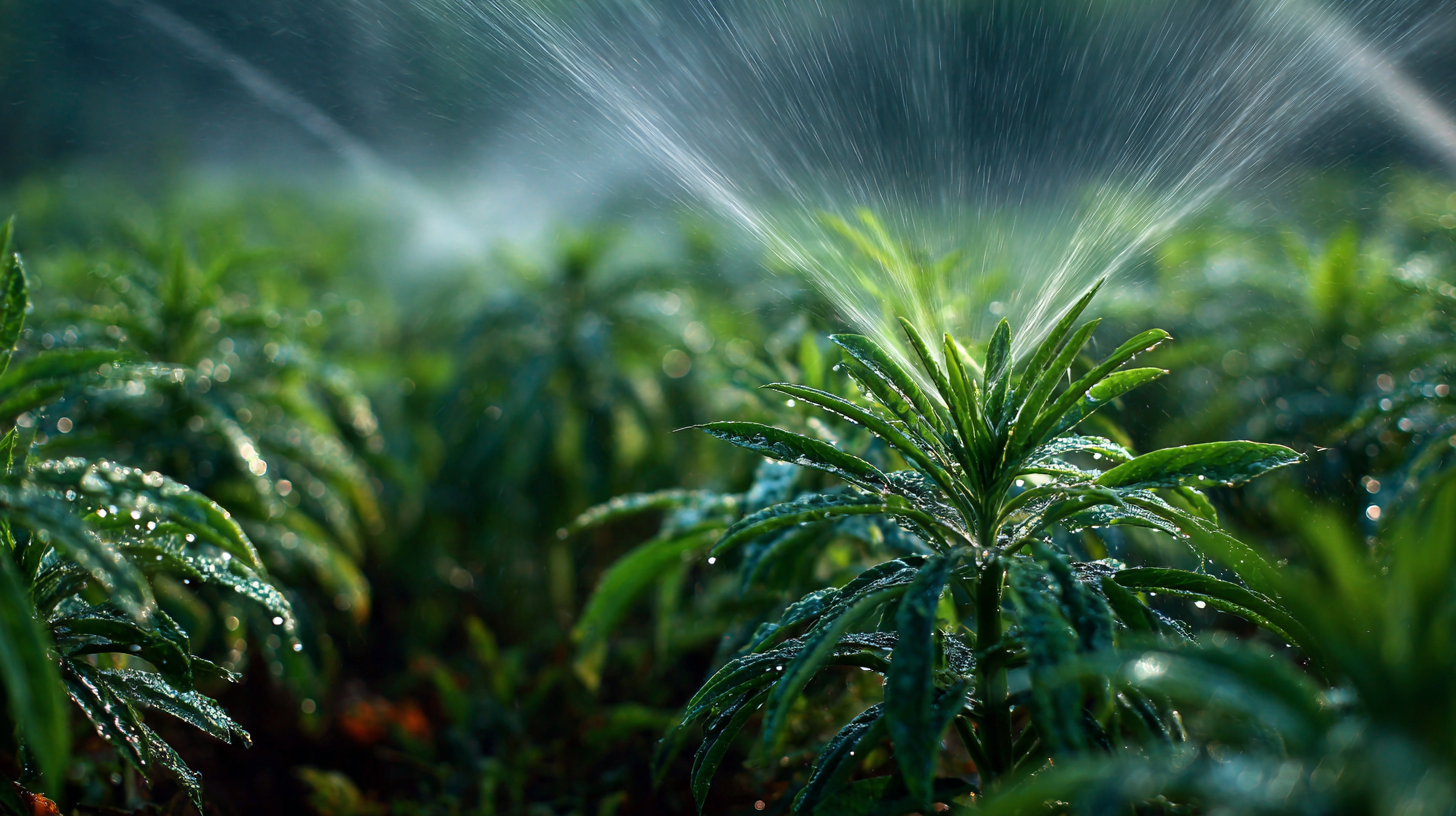
On the other hand, certain plants, particularly those with less demand for phosphorus, require a more balanced approach. For example, leafy greens thrive on lower phosphorus environments and may do better with a fertilizer like 10-5-10, which provides adequate nitrogen and potassium without overwhelming them with excess phosphorus. Additionally, always consider the growth stage of your plants, as younger plants often need lower concentrations to promote root establishment without causing nutrient burn. By aligning the fertilizer choice with these plant-specific needs, gardeners can ensure their plants receive the optimal support for vigorous growth.
When applying water-soluble phosphorus (P) fertilizer for optimal plant growth, employing effective application techniques is crucial for maximizing nutrient absorption. One of the best methods is using a fertigation system, which allows for precise control over the amount of fertilizer delivered directly to the plant's root zone. This method not only ensures that the phosphorus is readily available for uptake but also minimizes nutrient runoff and waste, making it an environmentally friendly choice.
Another effective technique is to combine water-soluble P fertilizer with a well-timed irrigation schedule. Watering plants immediately after application enhances the dissolution of the fertilizer, allowing for quicker absorption by the roots. Additionally, applying the fertilizer during cooler parts of the day can reduce evaporation losses and stress on the plants, leading to better nutrient uptake. By integrating these application techniques, gardeners and farmers can ensure that their crops receive the essential phosphorus needed for vigorous growth and development.
Effective timing of fertilization is crucial for maximizing the benefits of water-soluble P fertilizer, as different growth stages of plants have varying nutrient requirements. Research suggests that phosphorus is particularly vital during the early stages of plant development—specifically during root establishment. A study published by the American Society of Agronomy highlights that applying phosphorus at this stage can increase root biomass by up to 30%, leading to improved nutrient uptake in later growth phases.
As plants transition into the flowering and fruiting stages, their demand for phosphorus peaks. The International Potash Institute notes that insufficient phosphorus during this critical period can lead to reduced seed and fruit quality, ultimately impacting yield. Therefore, it is recommended to administer water-soluble P fertilizer shortly before or during flowering to ensure that plants have an adequate phosphorus supply. Regular soil testing can help determine the appropriate timing and quantity, aligning fertilization practices with the specific growth needs of the crops being cultivated.
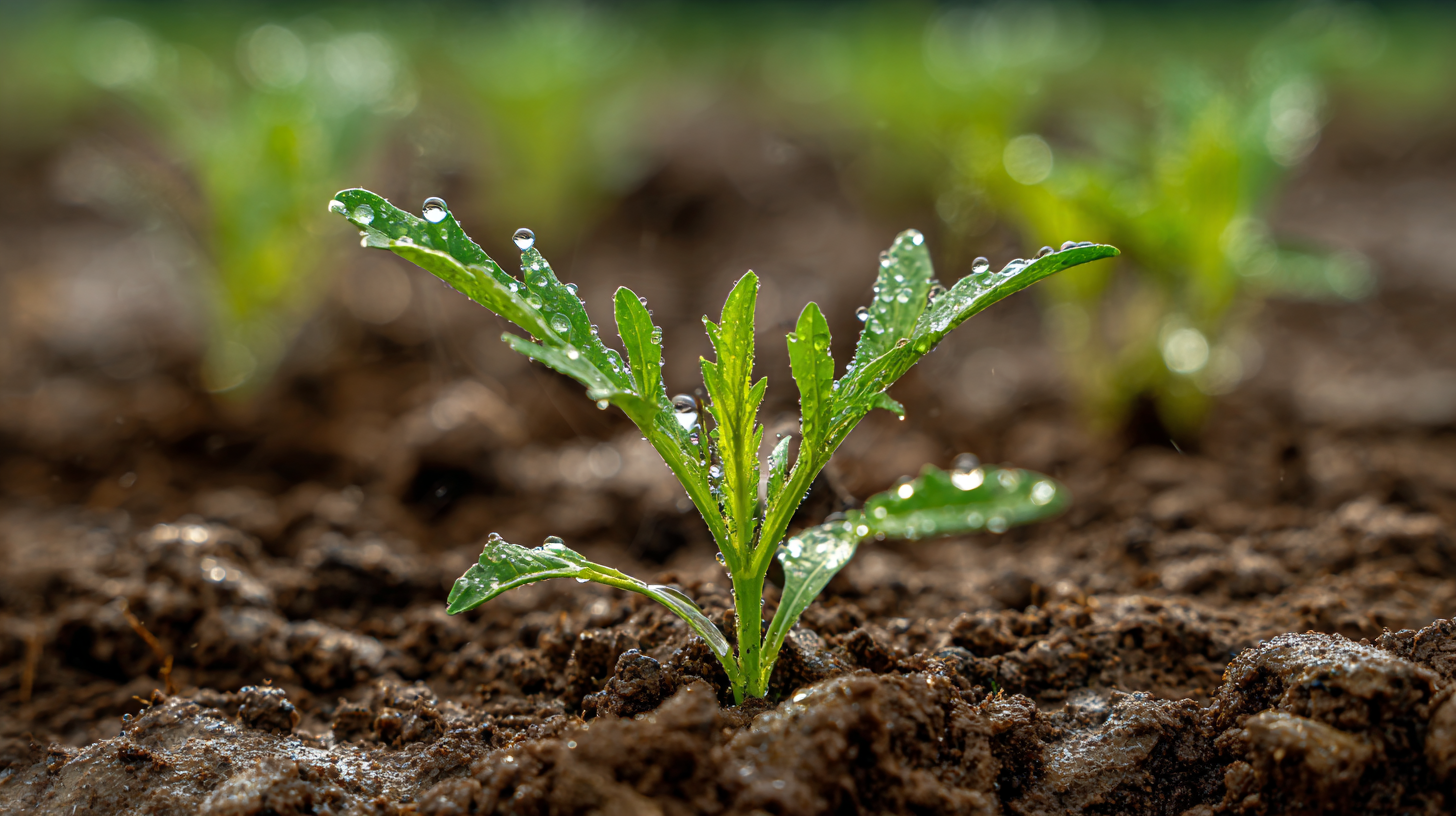
When using water-soluble phosphorus (P) fertilizers, gardeners often make several common mistakes that can significantly hinder plant growth. One critical error is overapplication, which can lead to nutrient runoff and environmental issues. According to the United States Environmental Protection Agency (EPA), excessive phosphorus can contribute to water pollution, leading to harmful algal blooms that disrupt aquatic ecosystems. It is essential to follow the recommended application rates, typically around 10-20 pounds per acre for most crops, to avoid these negative consequences while ensuring adequate nutrient supply.
Another common mistake is improper timing of application. Studies from the Soil Science Society indicate that applying phosphorus during periods of high rainfall can result in leaching before plants can utilize the nutrient. It is advisable to apply these fertilizers when plants are actively growing, typically in early spring, when they can effectively absorb the nutrients. Moreover, pH levels in the soil can affect phosphorus availability; maintaining the soil pH between 6.0 and 7.5 can enhance nutrient uptake, thereby maximizing the effectiveness of water-soluble P fertilizers. Awareness of these pitfalls can lead to better outcomes in fertilization practices and sustainable cultivation.

